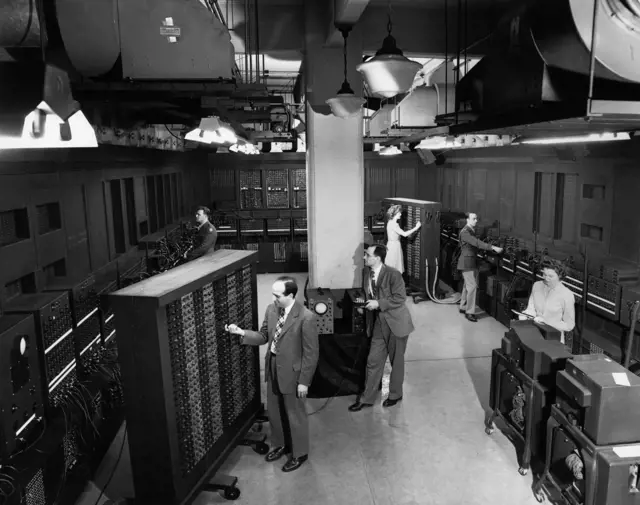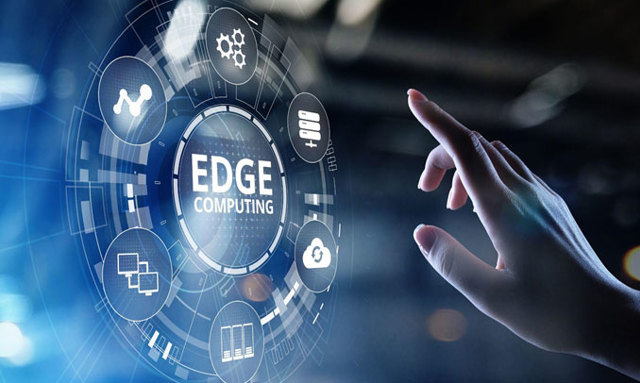History of Data Centers
The history of data centers can be traced back to the early days of computing when large mainframe computers were housed in dedicated rooms with specialized cooling and power systems. As technology advanced and the internet became more widespread, the demand for data centers grew exponentially. Today, data centers are found all around the world, from large hyperscale facilities to smaller edge data centers that bring computing resources closer to end users.
The history of data centers can be traced back to the 1940s when businesses and governments began using computers for data processing. In the early days of computing, computers were large and expensive and typically housed in large rooms or dedicated buildings. However, it was not until the 1960s that the first true data centers began to emerge.
In 1965, IBM launched the first commercially available mainframe computer, the IBM System/360. This computer was designed to be used by businesses and organizations for a variety of tasks, including data processing and storage. To accommodate the large and complex system, IBM created a dedicated room to house the computer and associated equipment. This was the birth of the modern data center.





